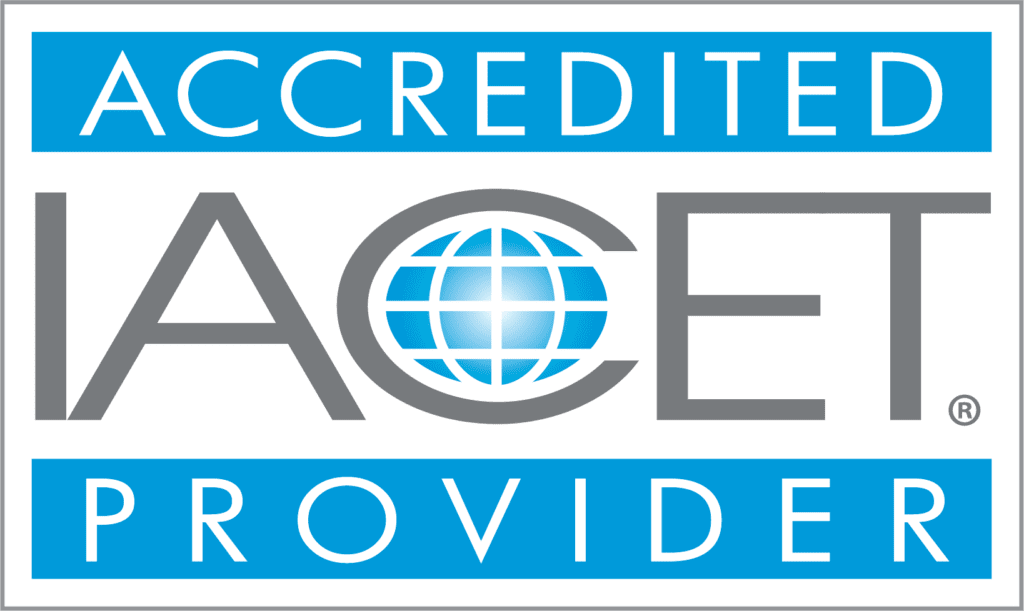The kids are loud. They’re squealing, singing, shouting, crying, fighting, and acting out. Or maybe they’re just being a little more wild than usual. Whatever the case may be, you’re feeling like you’ve lost control of your classroom, and you need everybody to take it down a notch.
We’ve been in that crowded, noisy classroom before. We know what it’s like to feel totally overwhelmed and exhausted (and maybe a little — or a lot — headachey). If you find yourself in this position more often than you’d wish, there are a few key things you can do to get a handle on the craziness that is a preschool classroom.
3 Tried and True Tips You Can Use
Okay, so before we get into what does actually work, here’s a quick reminder of what absolutely does not work. It’s simple, but easy to forget in the chaos of the moment: Do not yell.
Yup. We told you it was simple!
Noise begets noise. And the last thing you want is more noise is a preschool classroom! So when you’re feeling like you’re about to lose it and you really want to yell, don’t. Stay calm and collected for your peace of mind and sanity, and the safety and comfort of the little ones in your care.
With that in mind, here are a few things that you can totally do.
- Be clear in your expectations.
Children need to know what is expected of them in your classroom, and the only one who can tell them that is you! Even the youngest children in your classroom can learn what’s okay and what isn’t, so be sure you’re clear in teaching them. Little ones are always watching and waiting for you to show them new things. Let your expectations be one of them.
But how do you do it? After all, getting preschoolers to look and listen at the same time can be really tough. That’s why we recommend prompts! All the prompts. Verbal and visual prompts are both highly effective.
Say, then show. If you’re dealing with a little one who likes to throw things, you can say, “We do not throw in our classroom. We place.” And then show them. And then do it again.
Redirection and reinforcement are good ways to help children learn new things. By doing the same thing over and over again (even when you’re exasperated!), you give the little ones in your classroom a better chance at regularly meeting your expectations.
- Acknowledge the good.
Sometimes, it’s easy to get caught up in what the kids aren’t doing right, but it’s a whole lot more effective to call out what is being done right. Children in ECE classrooms still have so much to learn, and if there’s one thing they love at this age, it’s a job well done! You can build up their self-esteem, independence, and confidence by commending them on the things they do right.
From sharing a toy to standing quietly in line, there are a lot of chances to catch kids doing right — yes, even when it feels like there’s much more that’s being done wrong! So when you see something good going on, be quick to acknowledge it. It often sets the tone of a positive, encouraging classroom, and usually results in other littles following suit because they want to be praised for their good deeds, too.
- Get to know all of your students.
Sometimes, it’s really, really hard not to pick favorites, but it’s just so easy to love those students who listen well, act right, and never seem to cause any problems. It’s so much harder to feel the same about those in your classroom who are polar opposites and drive you up the wall.
If you think about it, though, you probably know your “favorites” a little better than the other children in your classroom. It happens! But try to give everyone a fair shot. Make the extra effort to say hello and goodbye to these children. See what their favorite activities are in the classroom and engage with them. Assign them a “job” in the classroom (it could be as simple as passing out worksheets). Give them a chance to show you their best side.
Every child in your classroom is different — different personalities, different backgrounds, different responses to things. With this in mind, you also never truly know what they’re going through at home, or whenever they’re not in your classroom. Get to know every child the best that you can, or the best that they’ll let you. Sometimes, a good bond with your students can make all the difference between a calm and chaotic classroom.
When you’re feeling frustrated with managing your preschool classroom, know that there are things you can do to get a better handle on it. Besides helpful training and education to bolster your preschool classroom management, we recommend getting in community with your fellow preschool teachers, and even preschool directors. There’s so much we can all learn from each other, if only we think to ask! Classroom management is just one of those things.
Looking for Ways to Better Manage Your Preschool Classroom?
Being a preschool teacher can be really overwhelming. After all, you’re dealing with a classroom full of rambunctious little people all day long! In order to maintain a sense of peace and well-being in both your classroom and yourself, it’s important to remember that everything isn’t going to be perfect all the time, and you can only do what you can do (but like you’d hope for from your students, make sure it’s the best you can do!).
At Impact Early Education, we know your work is never done. That’s why we provide valuable professional development courses for preschool teachers, directors, and owners in a way that works for you. To learn more, explore our courses or contact us today!

